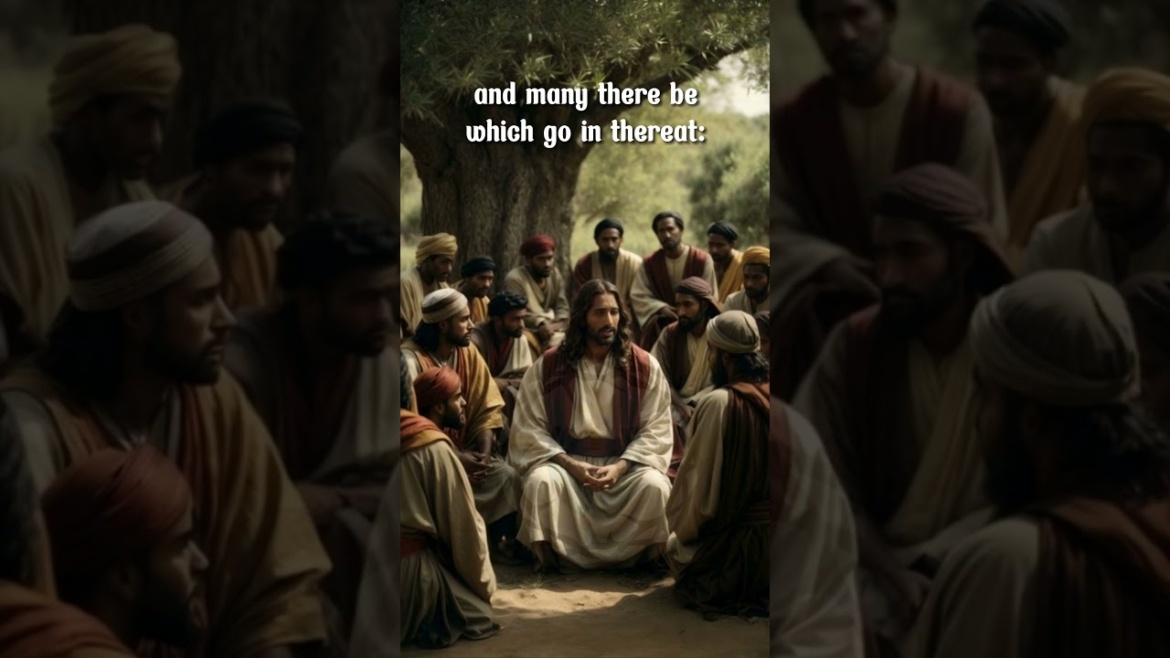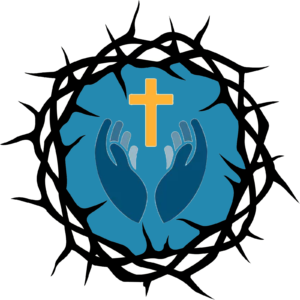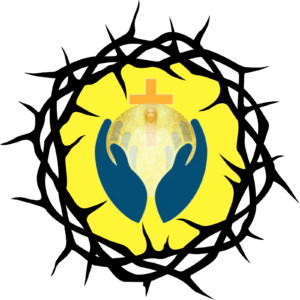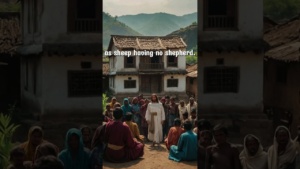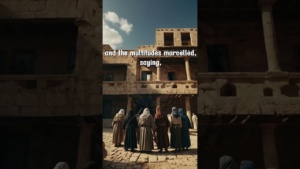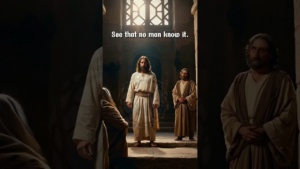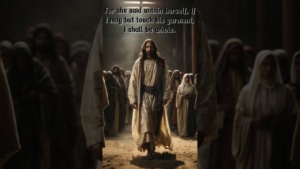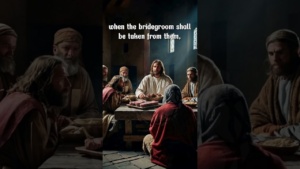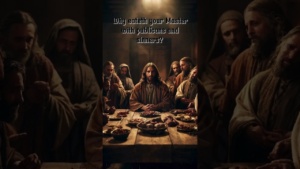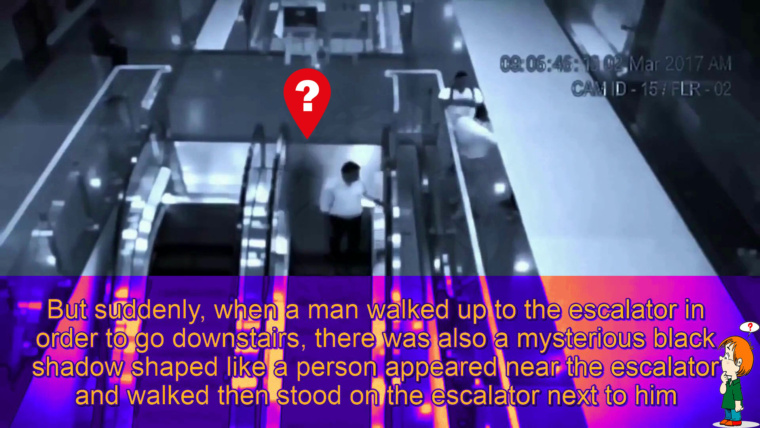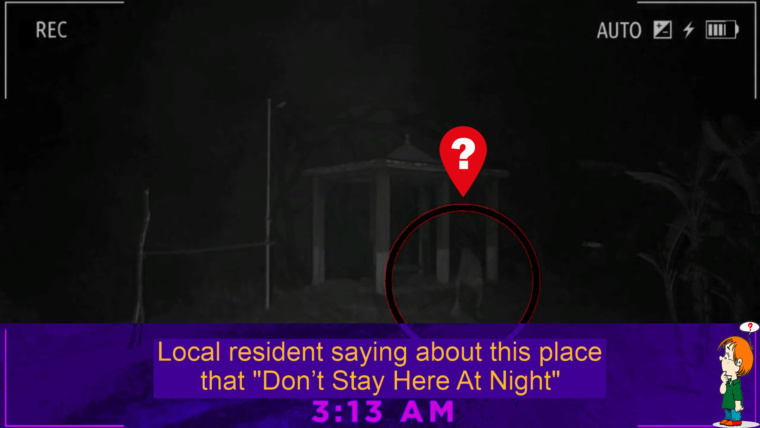The Significance of “Enter ye in at the strait gate: for wide is the gate, and broad is the way, that leadeth to destruction, and many there be which go in thereat: Because strait is the gate, and narrow is the way, which leadeth unto life, and few there be that find it.”
The phrase “Enter ye in at the strait gate: for wide is the gate, and broad is the way, that leadeth to destruction, and many there be which go in thereat: Because strait is the gate, and narrow is the way, which leadeth unto life, and few there be that find it.” is a powerful christian law used by Jesus in Matthew 7:13-14 from the Sermon on the Mount. It is part of a broader teaching by Jesus about offerring a powerful metaphor about the path to salvation, as well as describing the choices people make in life, and is a meaningful reminder that the path to true meaning and purpose may not be easy, but it’s ultimately more fulfilling. It’s often interpreted within a religious context, its meaning is also very clear and can be applied more broadly to personal growth and ethical living.
Context of the Phrase
The law appears within Jesus’ Sermon on the Mount, a collection of teachings focusing on right living and morality for spreading God’s message. It’s preceded by he focuses on teaching his followers about prayer and faith. He emphasizes that God, like a good parent, wants to give good things to his children who ask. He also reminds them to focus on urging people to treat others as they would like to be treated. Jesus is now using contrasting imagery of two gates and paths. The wide gate and broad way represent an easier, more popular choice that leads to destruction. The narrow gate and path symbolize a more challenging but ultimately rewarding path that leads to life. Here, Jesus emphasizes the importance of living a righteous life according to God’s will.
Significance of the Phrase
The law highlights the importance of making moral choices, conscious choices in life and living a life according to God’s will. The easy path, may be tempting, but it leads away from spiritual fulfillment. The narrow path, though challenging, leads to a deeper connection with God.
Here are some key points:
Difficulty of Two Choices: It highlights that there are two paths in life, one leading to destruction and the other to eternal life.
Difficulty of Narrow Way: The “strait gate” and “narrow way” symbolize the challenges of following God’s teachings, which may require sacrifice and self-discipline.
Difficulty of Inward Morality: It emphasizes that outward actions aren’t enough, the true faith focuses on right living and morality from inward.
Application of the Phrase
The law can be applied to various aspects of life. It encourages us to resist temptations and strive for moral excellence, even when it’s difficult.
Here are some key points:
Basic Concept: The “narrow gate” can be interpreted in many ways, it could represent following religious teachings, living ethically, or resisting temptation. Ultimately, it refers to a life that requires dedication and self-discipline.
Personal Reflection: It can be used as a guide for making ethical choices based on religious beliefs, it prompts individuals to consider their own spiritual path.
Moral Choice: It is a call to follow God’s teachings and live a virtuous life, even when it requires sacrifice to make a choice if they are on the “narrow way.”
Spiritual Transformation: It represents an inner journey of self-discovery and spiritual growth, which can be challenging but leads to a closer relationship with God.
In summary, the law is a call to reflection and self-examination, it encourages individuals to consider their life choices and strive for a meaningful existence. It is a call to action, urging people to strive for a meaningful and spiritual life, even if it’s difficult. The choice is stark, but the reward for following the right path is eternal life.
THE CHILD IS INTENDED INTO ONE SUB & NINE EXTREMES
« Samsara Extreme Of Heaven In Child Intended To Exist »
WHAT IS ✨ COLD CHILD SPACE? IT IS JUST CHILD EXTREME!
« Child Extreme’s Code & subExtreme’s Law »
